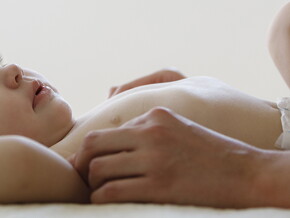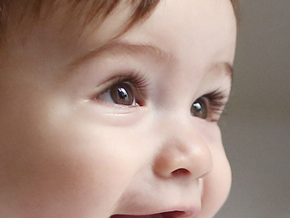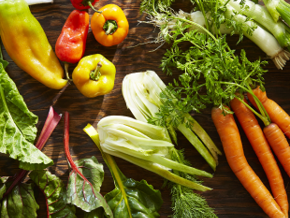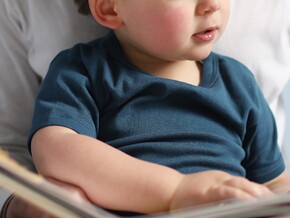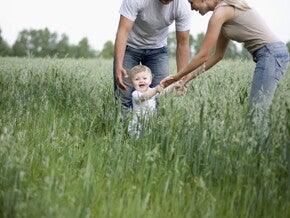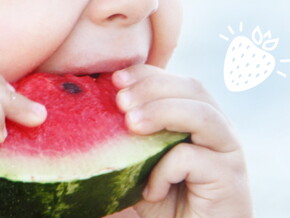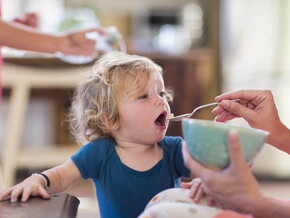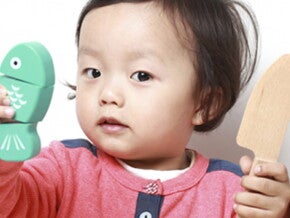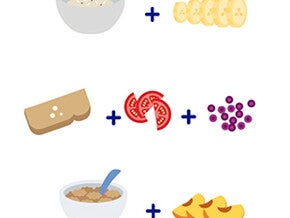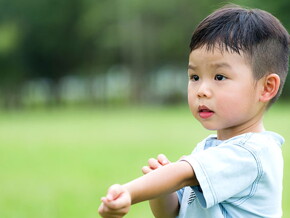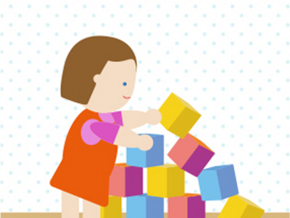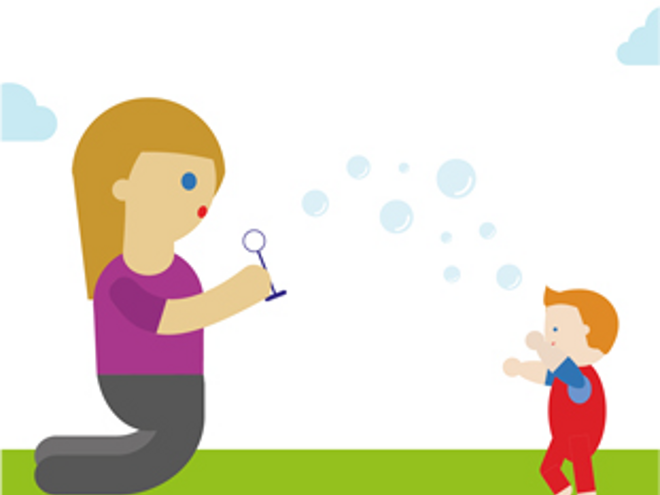
Toddler stay home activities: Happy playtime ideas for your 12-18-month-old
From crawling to standing and taking his first steps, your baby is now moving quickly into toddlerhood and becoming more active and mobile all the time. He is increasingly able to use his imagination, navigation, and spatial awareness in play. You might find he now likes to bring toys to you and involve you in his games, and that he loves to repeat his favorite activities over and over. So if you’re self-isolating at home because of the coronavirus, make the most of this special time and the growing range of activities you can enjoy together.
Active play
As well as being a fun bonding experience, activity plays an important role in healthy growth and development. In several countries, there are activity guidelines that recommend toddlers be active for at least one to three hours each day. Their daily activity will include both structured and unstructured (or free) play. Structured play is when an adult is directing the activity and the child is encouraged to follow simple rules. This might include casual games but also organized group activities. Unstructured, or free, play is when the child is free to be active in whatever ways he chooses, with minimal input from adults.
Encouraging your toddler to be active at this age helps build his strength and motor skills as well as kickstarting healthy habits that may last a lifetime.

- What? Play tag
How? This is a great activity for when your toddler has mastered walking and is learning to run. Chasing games are great to play outside if you are lucky enough to have a garden. If not, you can always clear some furniture out of the way and play inside. Simply get your toddler to chase you and vice-versa. When he tags you or you tag him, give him a hug to let him know the object of the game has been achieved.
Why? This exciting, energetic game will help build his muscles and improve his navigation and spatial awareness skills.

- What? Hitch a ride
How? At this age, your toddler can start using ride-on toys that rock or scoot, such as cars, trucks, and rocking horses. He can have fun moving himself around the house and in the garden with parental supervision.
Why? Your toddler will love the feeling of independence that comes from powering something under his own steam, and it will help strengthen his core and leg muscles.

- What? Bubble fun
How? A great activity for the garden or balcony, if you have one and you are there to watch. Blow bubbles and encourage him to move around to catch and pop them between his hands. All toddlers develop at their own pace, so save this game for when your little one is confident on his feet.
Why? As well as getting him moving around, chasing and catching bubbles will benefit his hand-eye coordination and balance.

- What? Obstacle course
How? Create a mini obstacle course in your living room or garden using items like cushions or pillows to crawl over, a table to crawl under, and a chair to walk around. Let your toddler explore and have fun while you supervise.
Why? This kind of activity will help to develop his gross motor skills and spatial awareness, and build strength and agility.

- What? Box clever
How? If you have any large cardboard boxes, they are great for making hiding places, pretend cars or rockets, or little dens to crawl in and out of. For safety, only have boxes available when your toddler is playing with an adult.
Why? Providing him with a clean box can allow him to work on his motor skills, navigation, and balance. It also gives him the opportunity to use his imagination to make up his own games.
Need baby and toddler activities for a different age? Get more ideas of what to do with your little ones during this extraordinary period here.
Sources
Okely AD, Ghersi D, Hesketh KD, et al. A collaborative approach to adopting/adapting guidelines – The Australian 24-hour movement guidelines for the early years (birth to 5 years): an integration of physical activity, sedentary behavior, and sleep. BMC Public Health 2017; 17(Supple 5):869. doi: 10.1186/s12889-017-4867-6.
Shelov SP & Altmann TR (Eds.). (2009). American Academy of Pediatrics. The complete and authoritative guide Caring for your baby and young child birth to age 5 (5th ed.). USA: Bantam Books.
Society of Health and Physical Educators (SHAPE). Active start: A statement of physical activity guidelines for children from birth to age 5. 2nd ed. Reston, VA: SHAPE America; 2009. Available at: https://www.shapeamerica.org/standards/guidelines/activestart.aspx
Tremblay MS, Chaput J, Adamo KB, et al. Canadian 24-hour Movement Guidelines for the Early Years (0-4 years): An integration of physical activity, sedentary behaviour, and sleep. BMC Public Health 2017; 17(Suppl 5):874 doi 10.1186/s12889-017-4859-6.
https://pathways.org/growth-development/toddler/milestones/
https://pathways.org/topics-of-development/play/
https://pathways.org/watch/parents-guide-structured-vs-unstructured-play/
https://pathways.org/baby-milestones-calendar/

